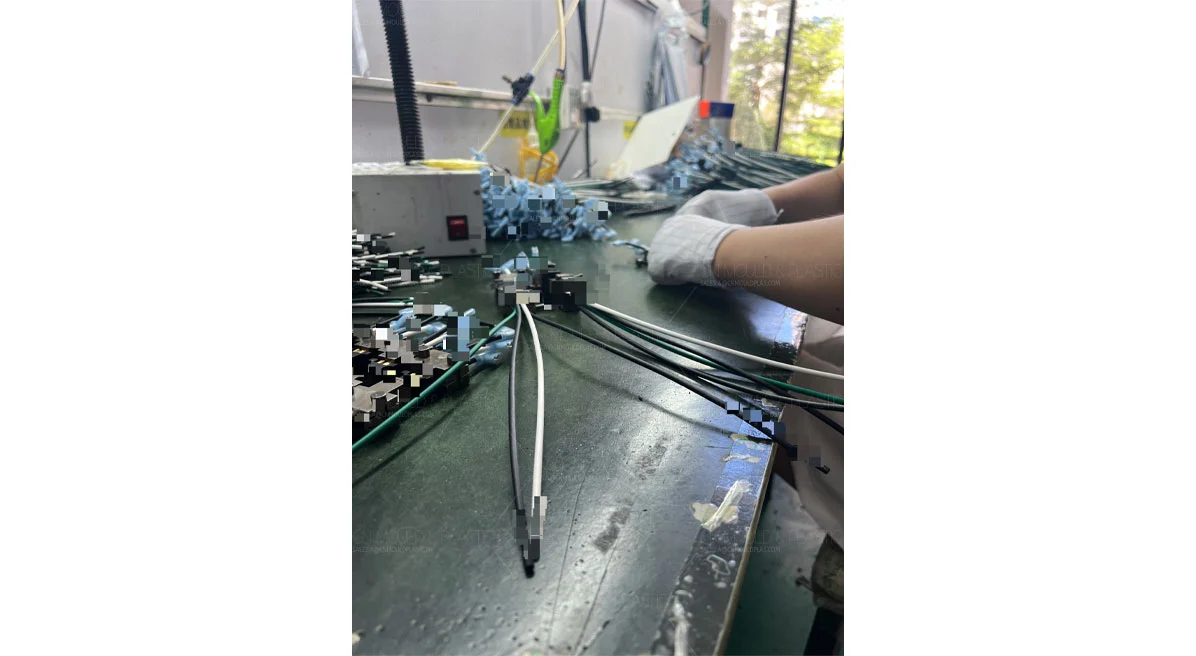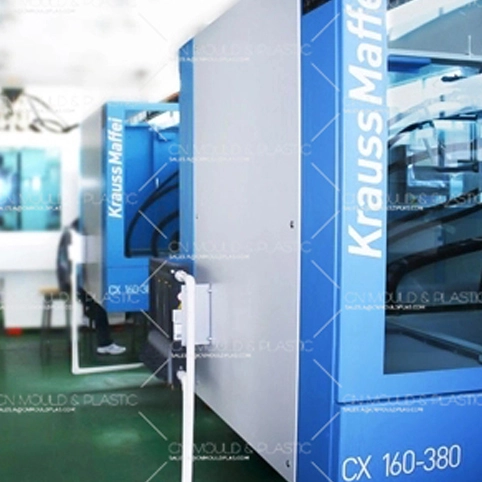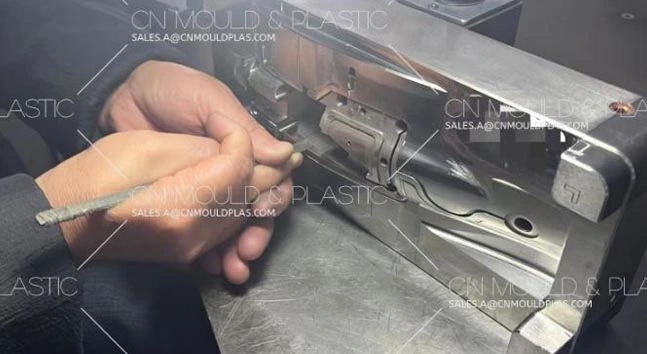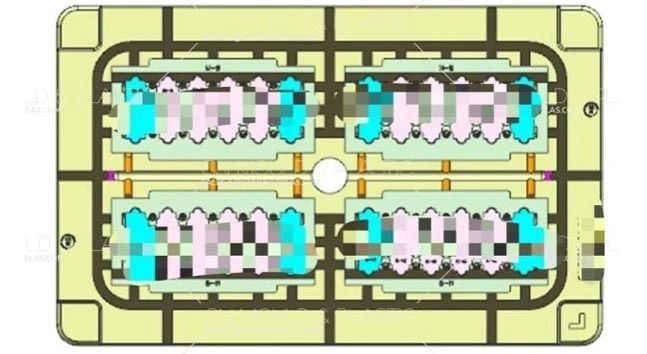
Plastic insert molding and Overmolding are two technologies of adding an additional layer of plastic to an existing plastic component.
There are still some significant distinctions between the two injection molding techniques. Insert molding is a process where a plastic insert that has been pre-made is put into a mold and then plastic is injected into it. While Overmolding is a two-step process where a mold cavity is partially filled with one type of plastic and then another type of plastic is injected to cover the first injection.
1. Reduce assembly and labor costs: using insert molding technology, which involves combining plastic inserts with other thermoplastic materials, can lower assembly and labor expenses.
2. Improve reliability: insert molded plastic parts can be more reliable because each plastic insert is securely fixed in the thermoplastic material, preventing any issues with loose parts or misalignment.



